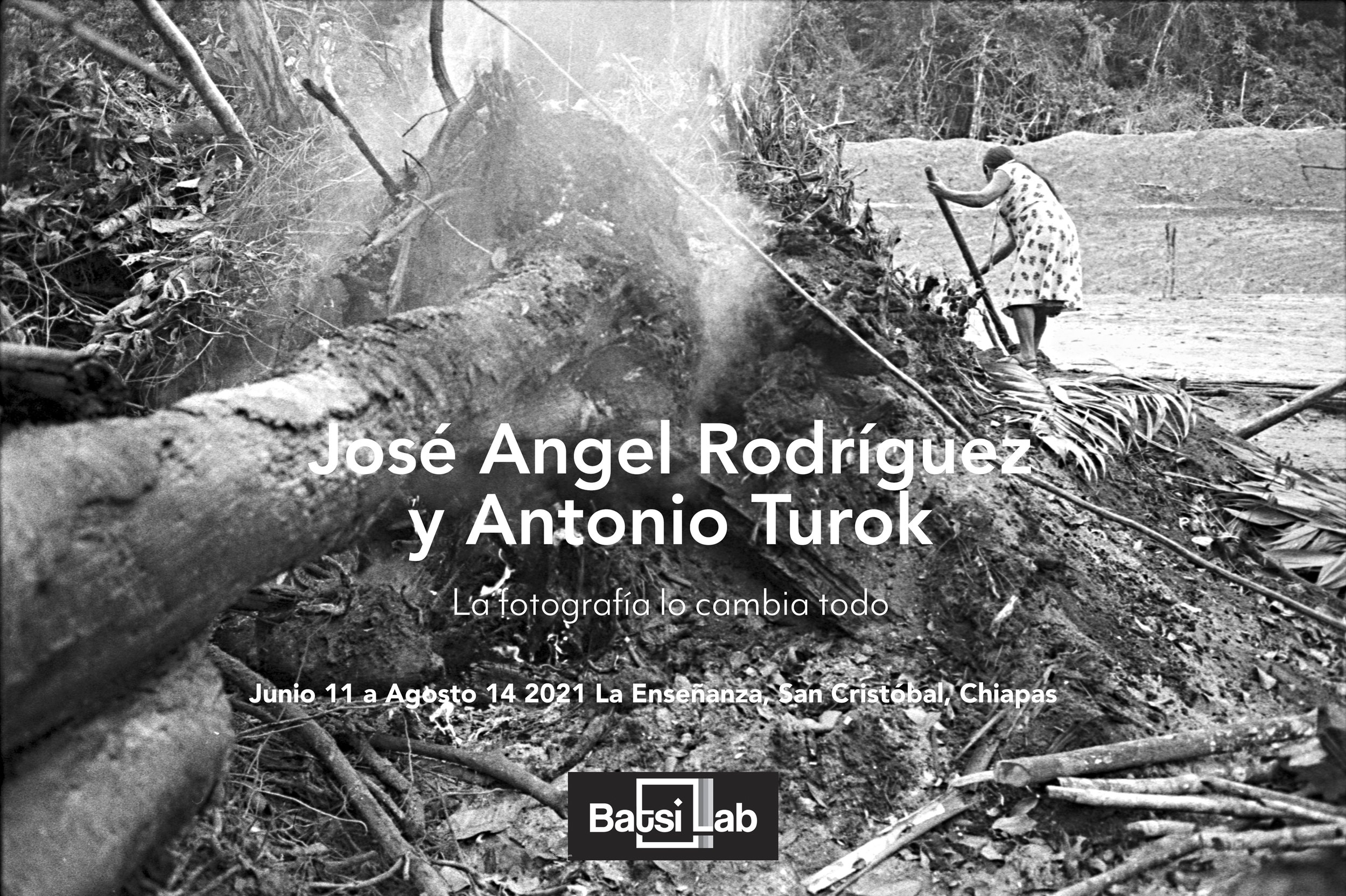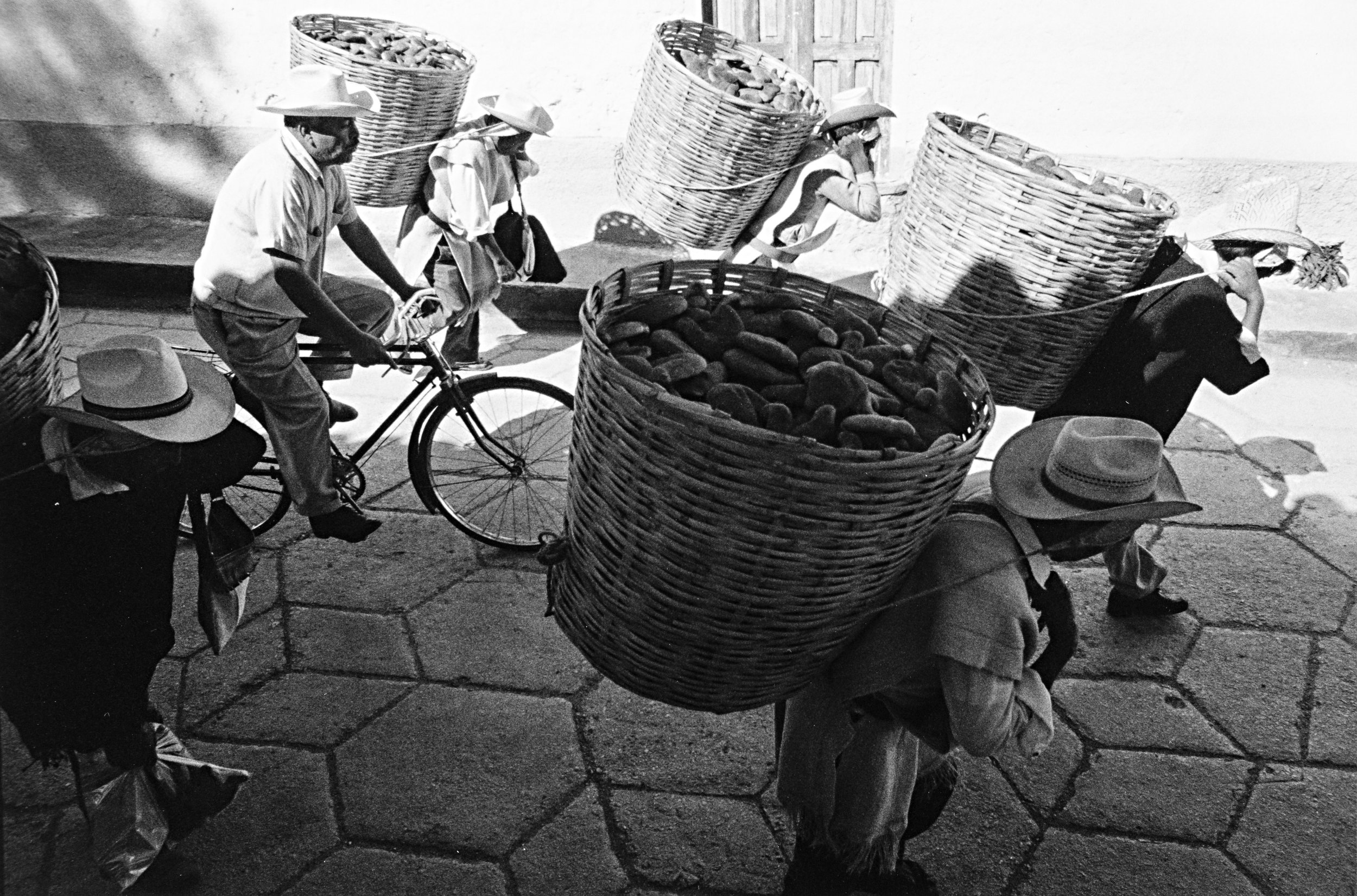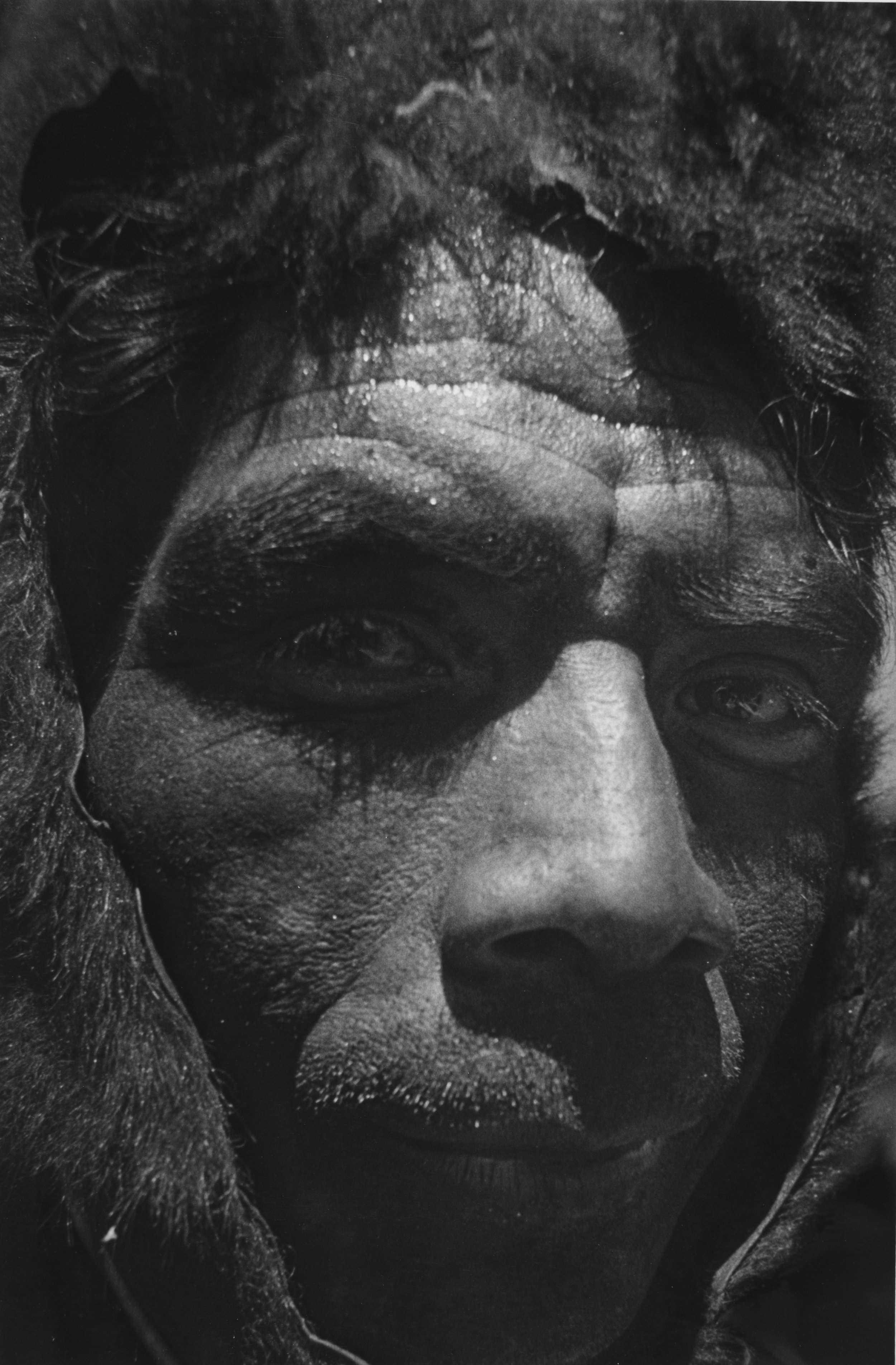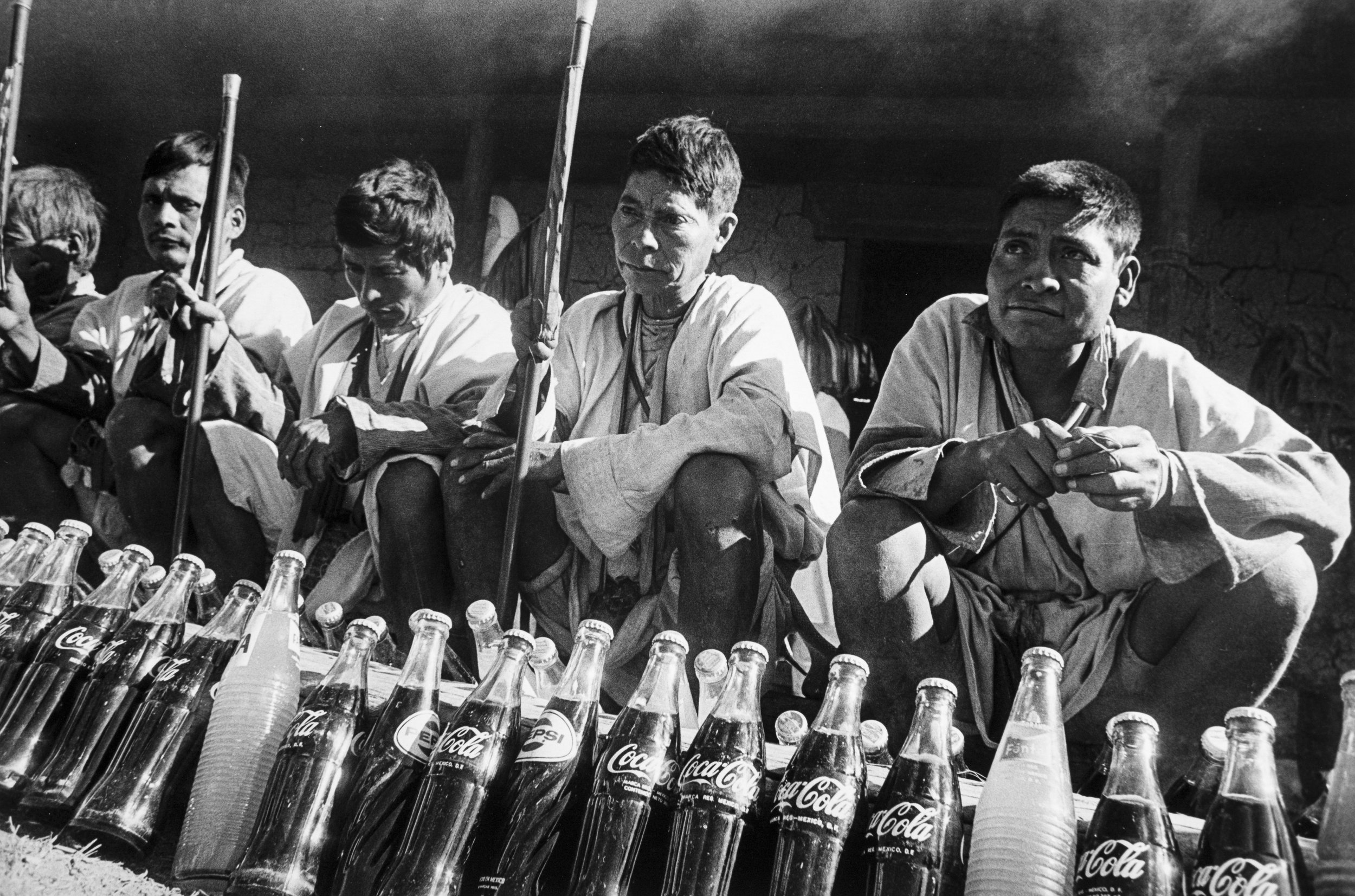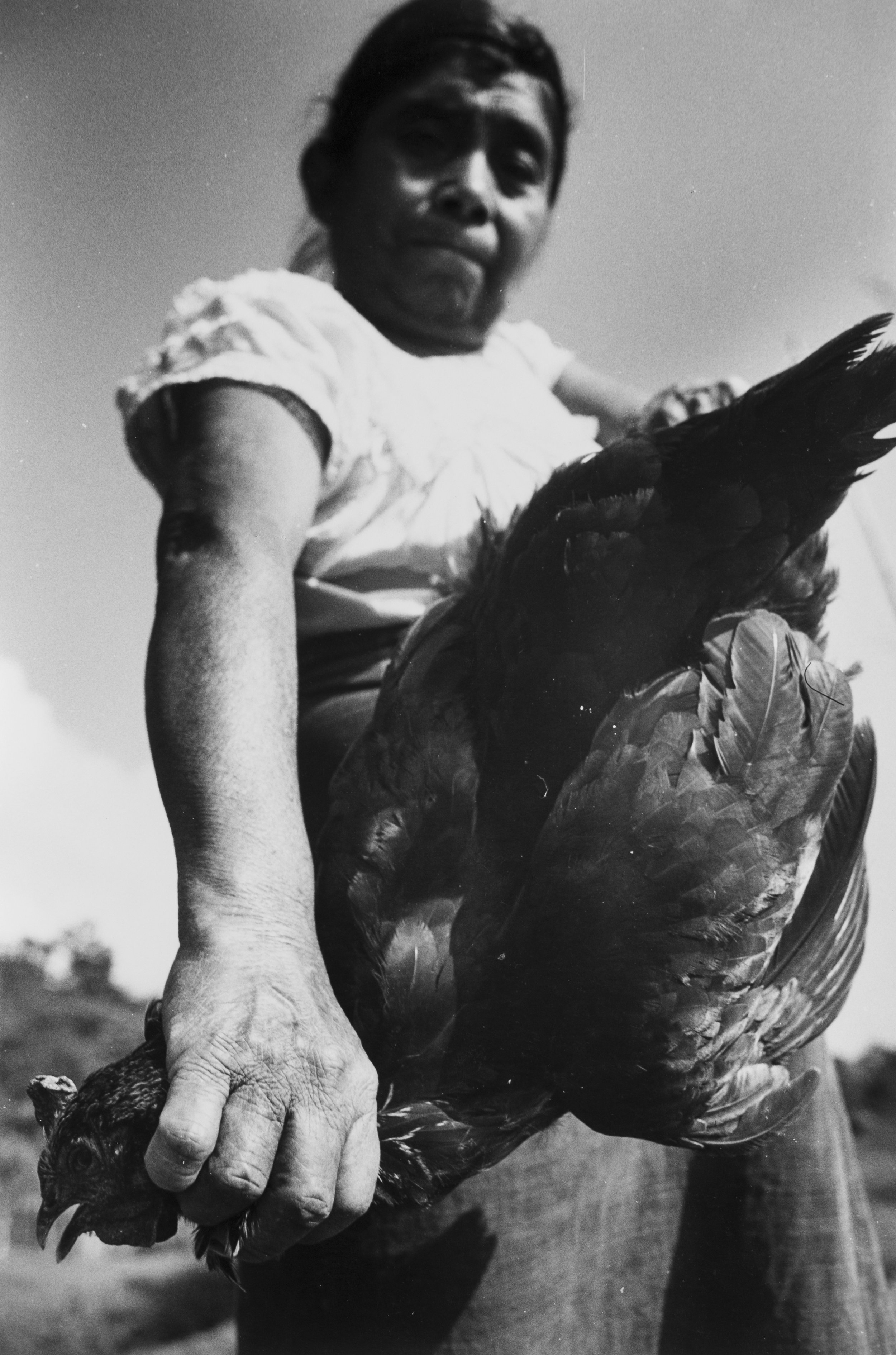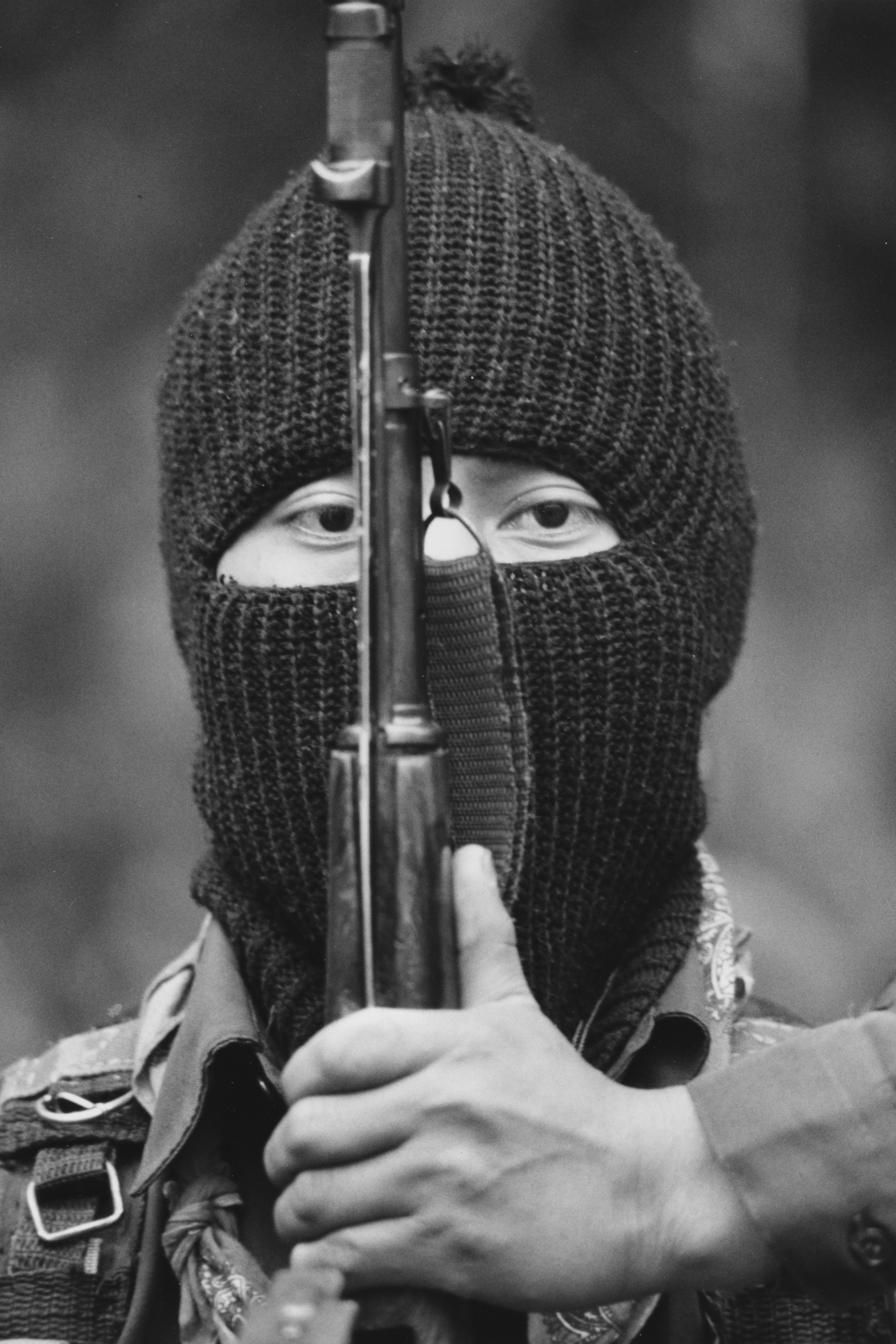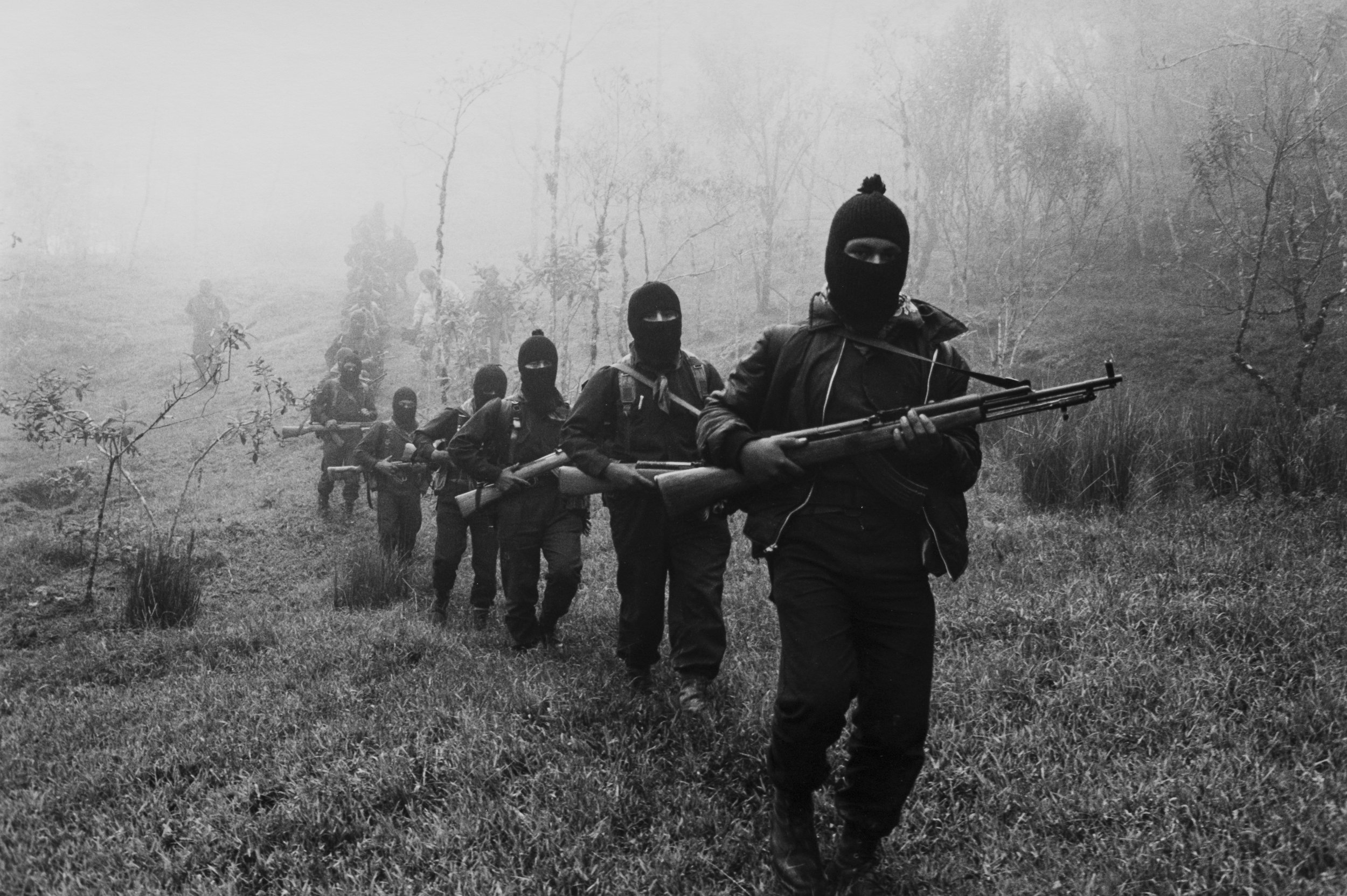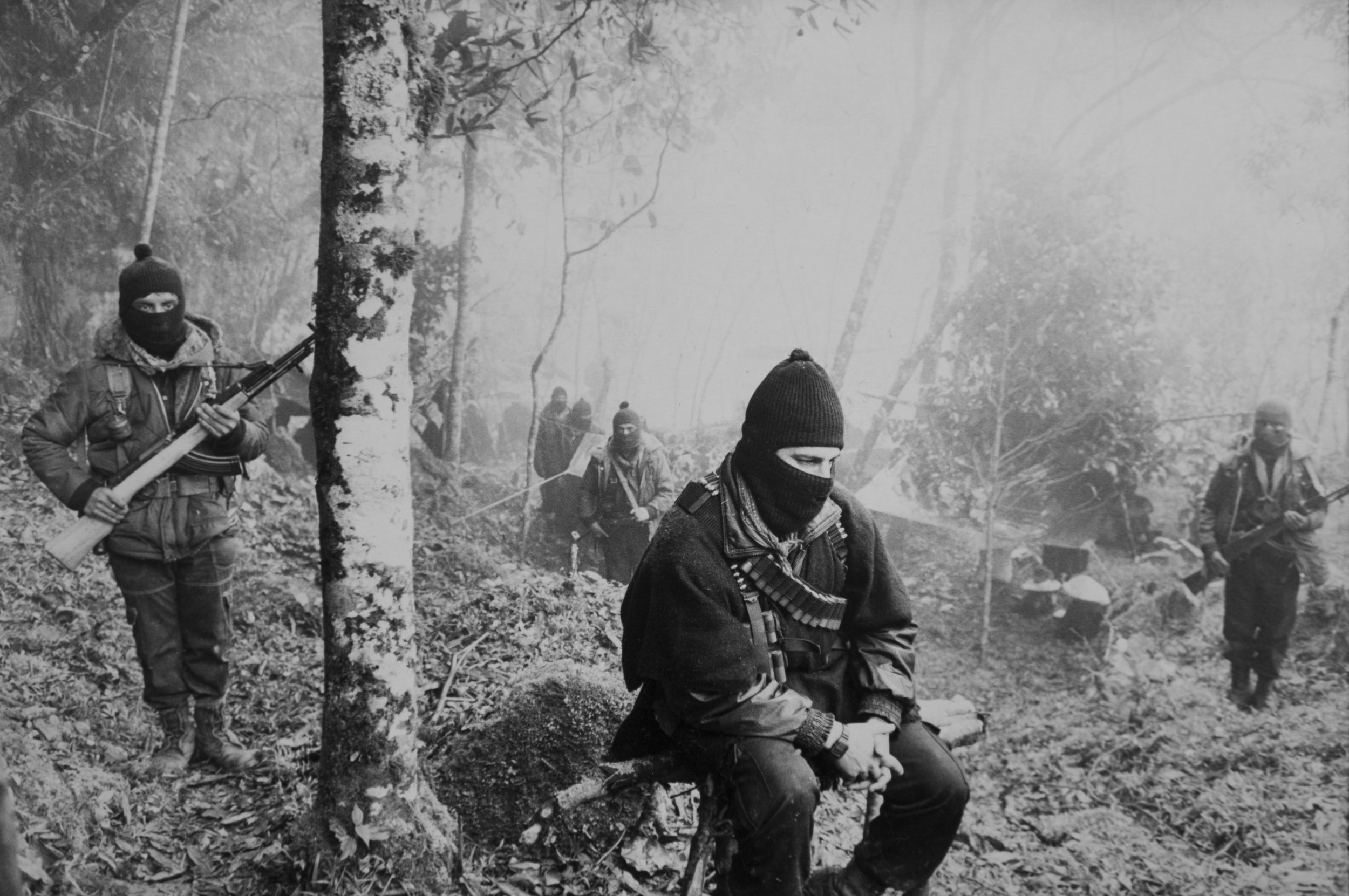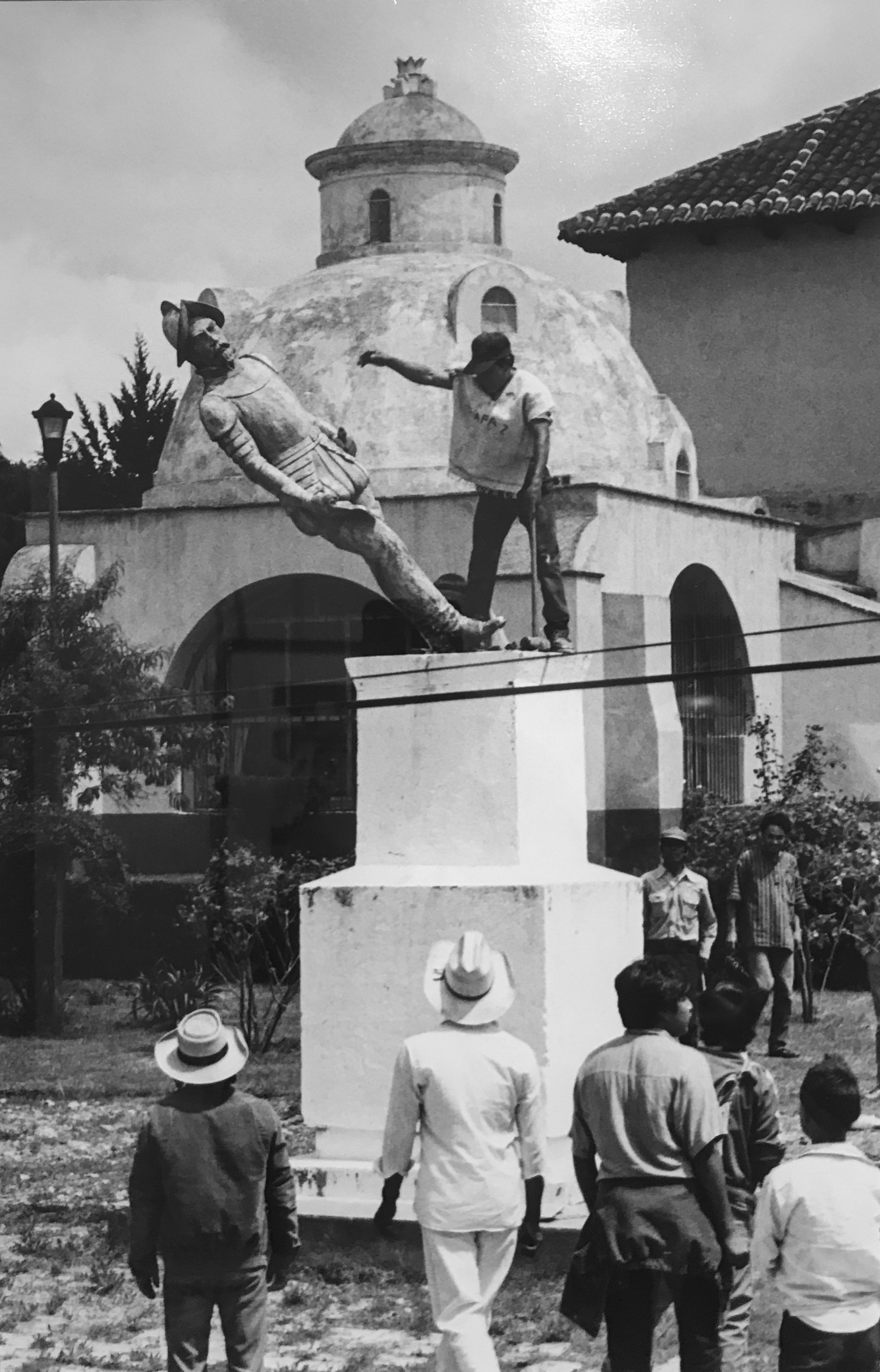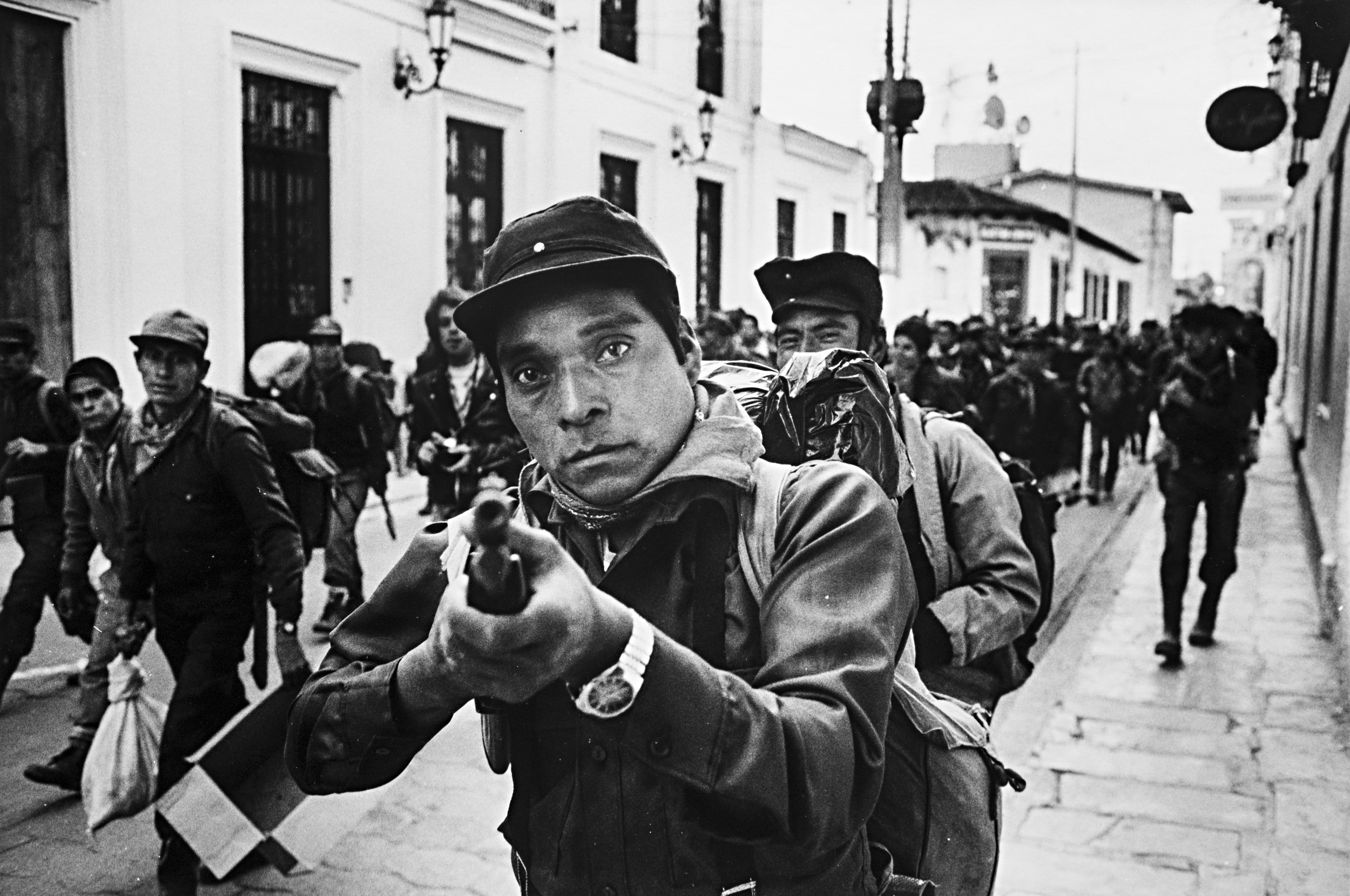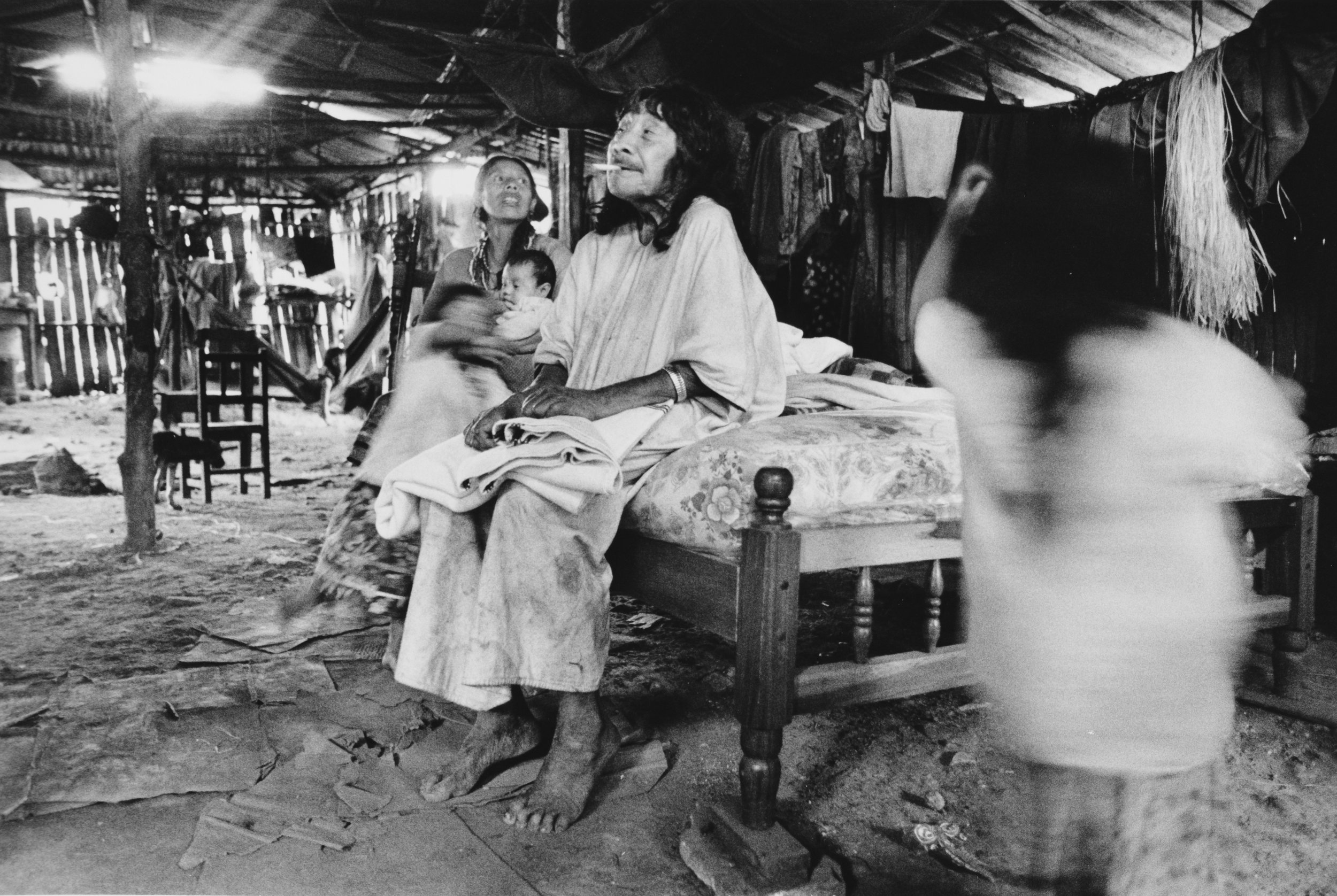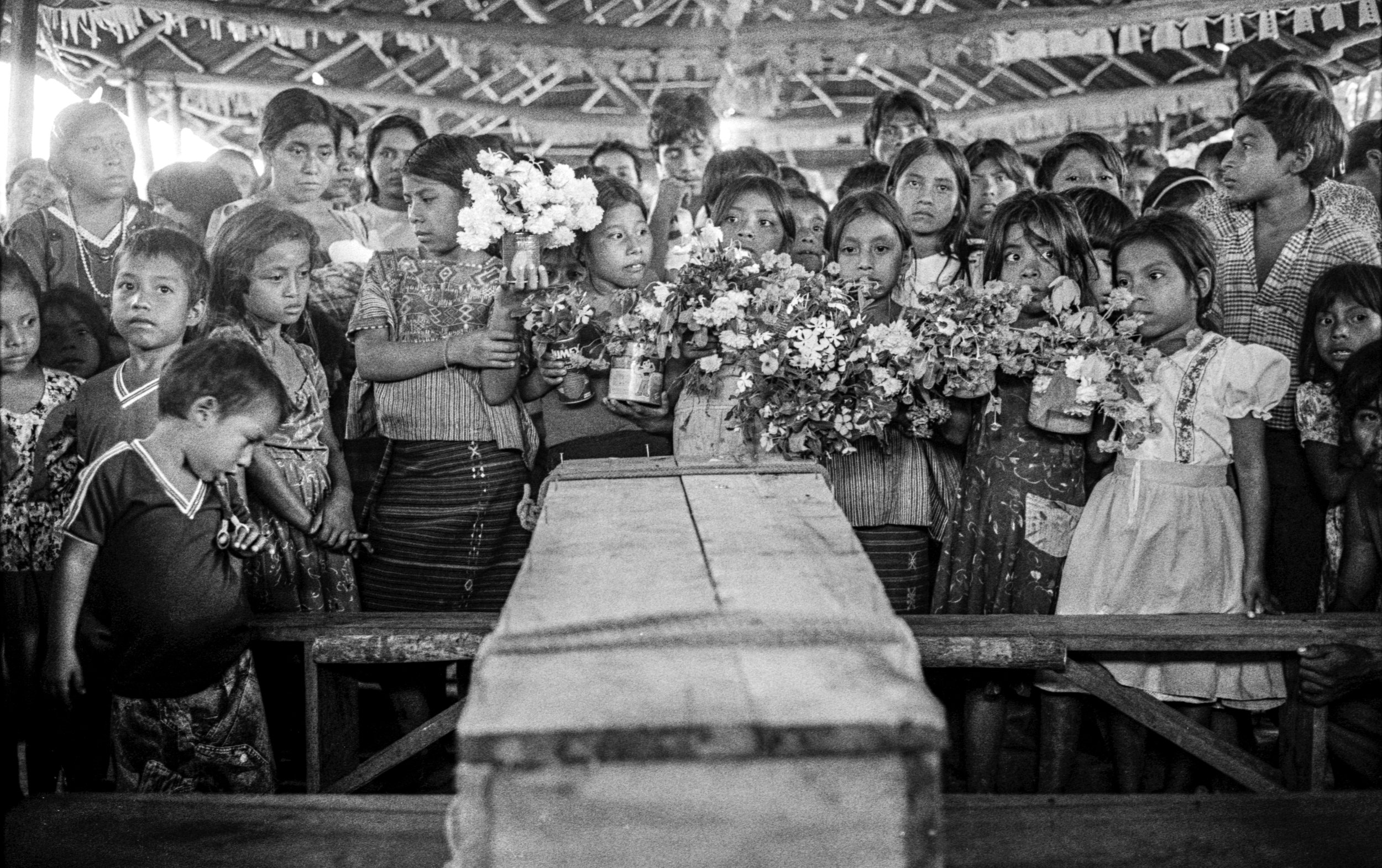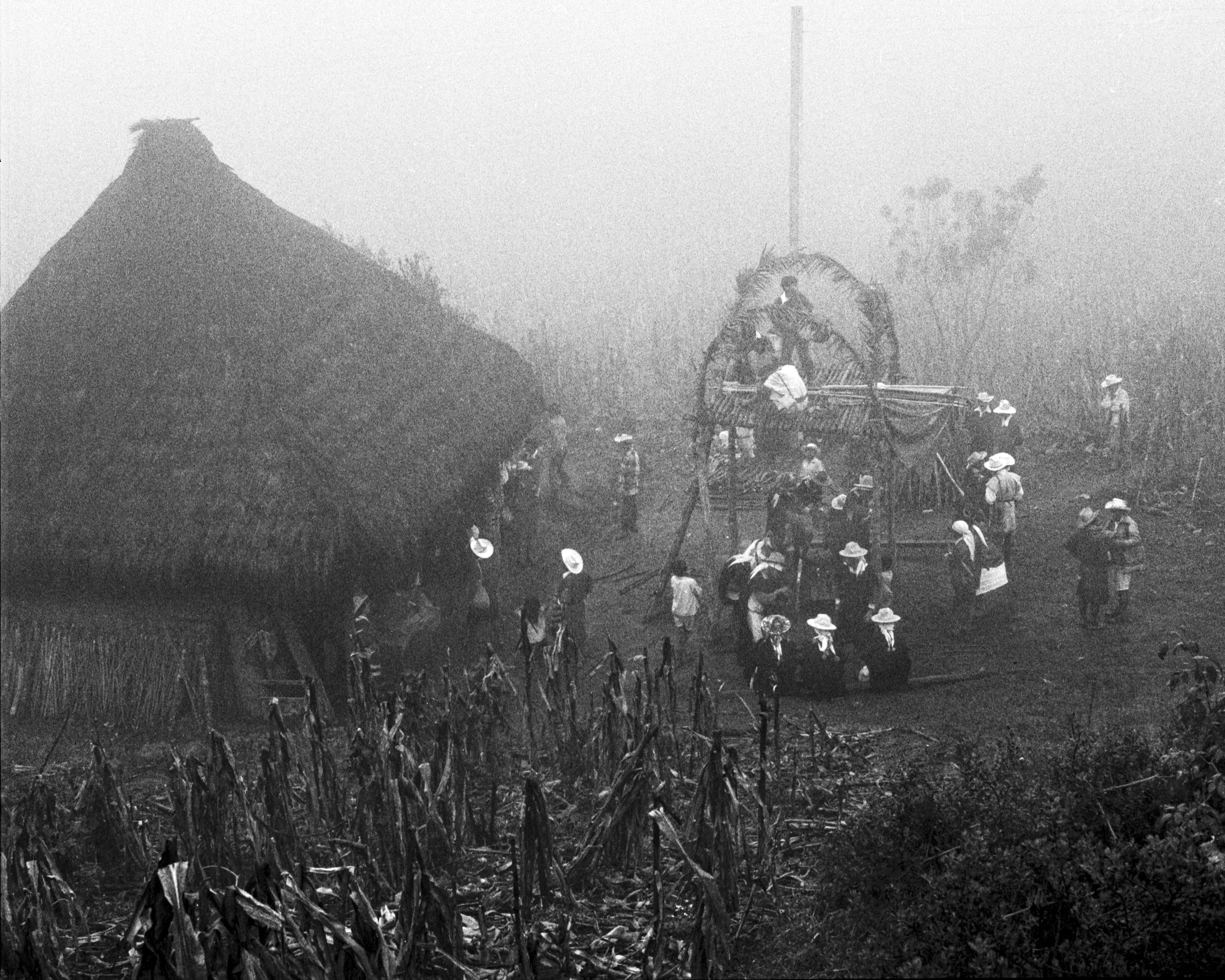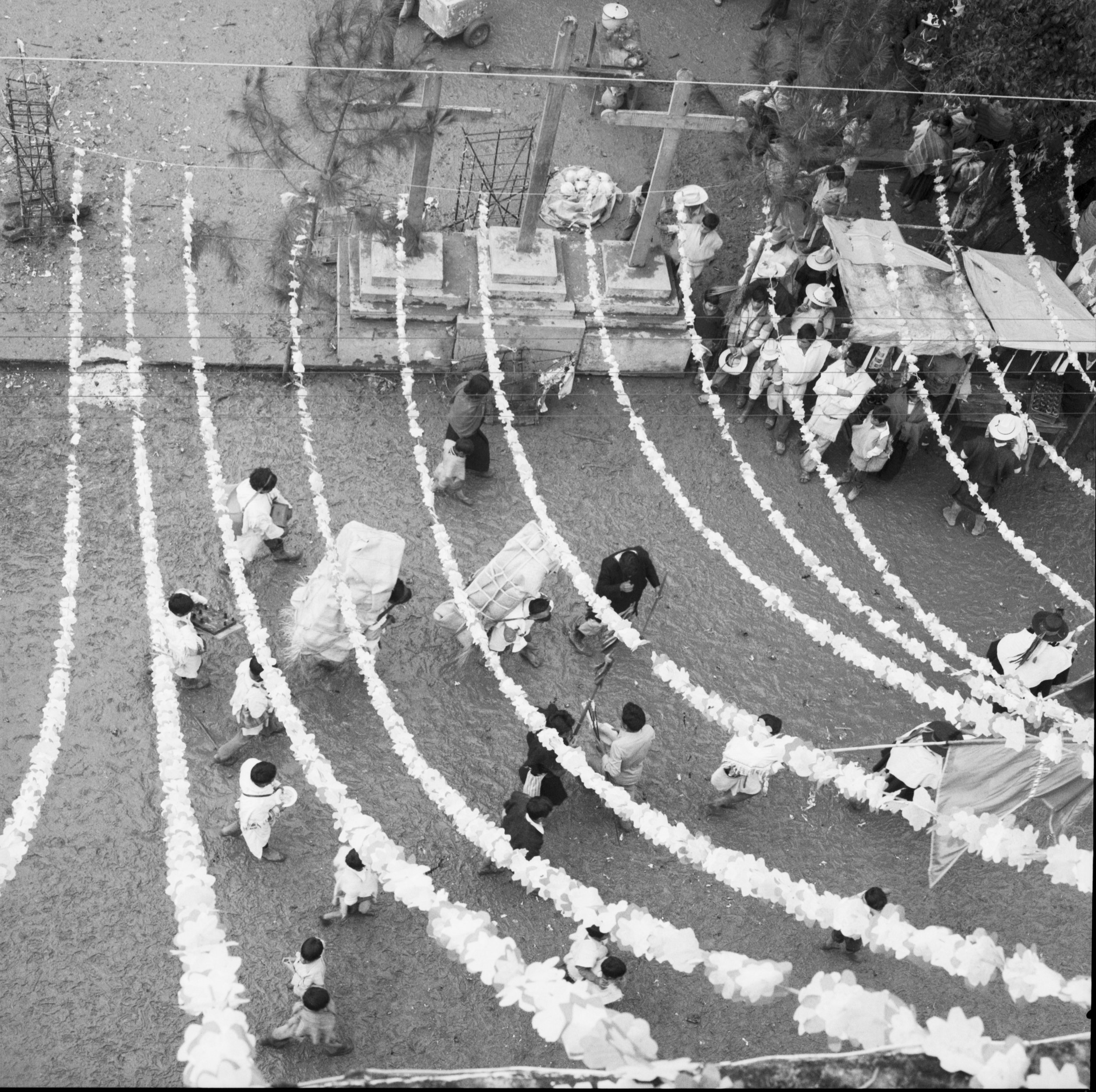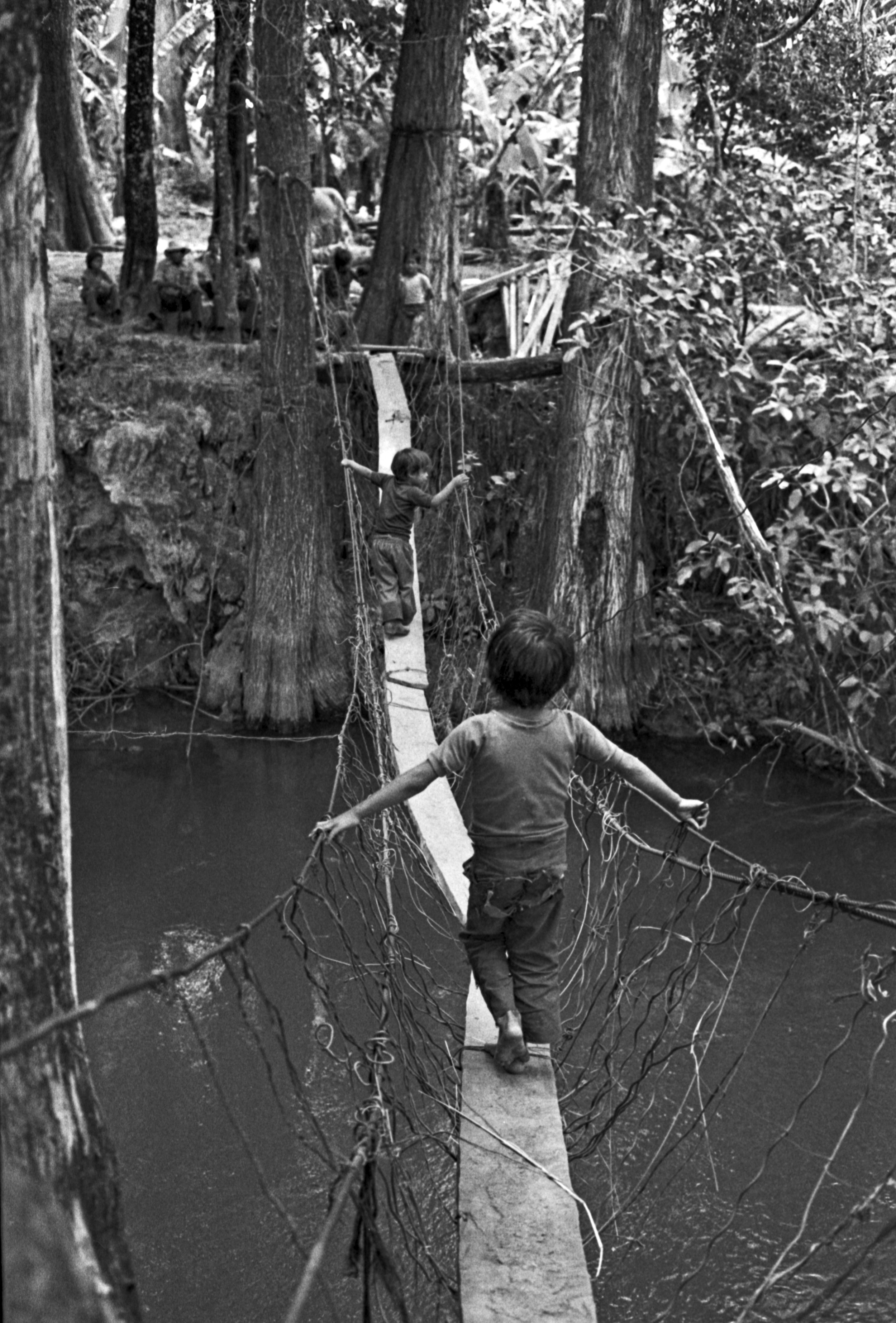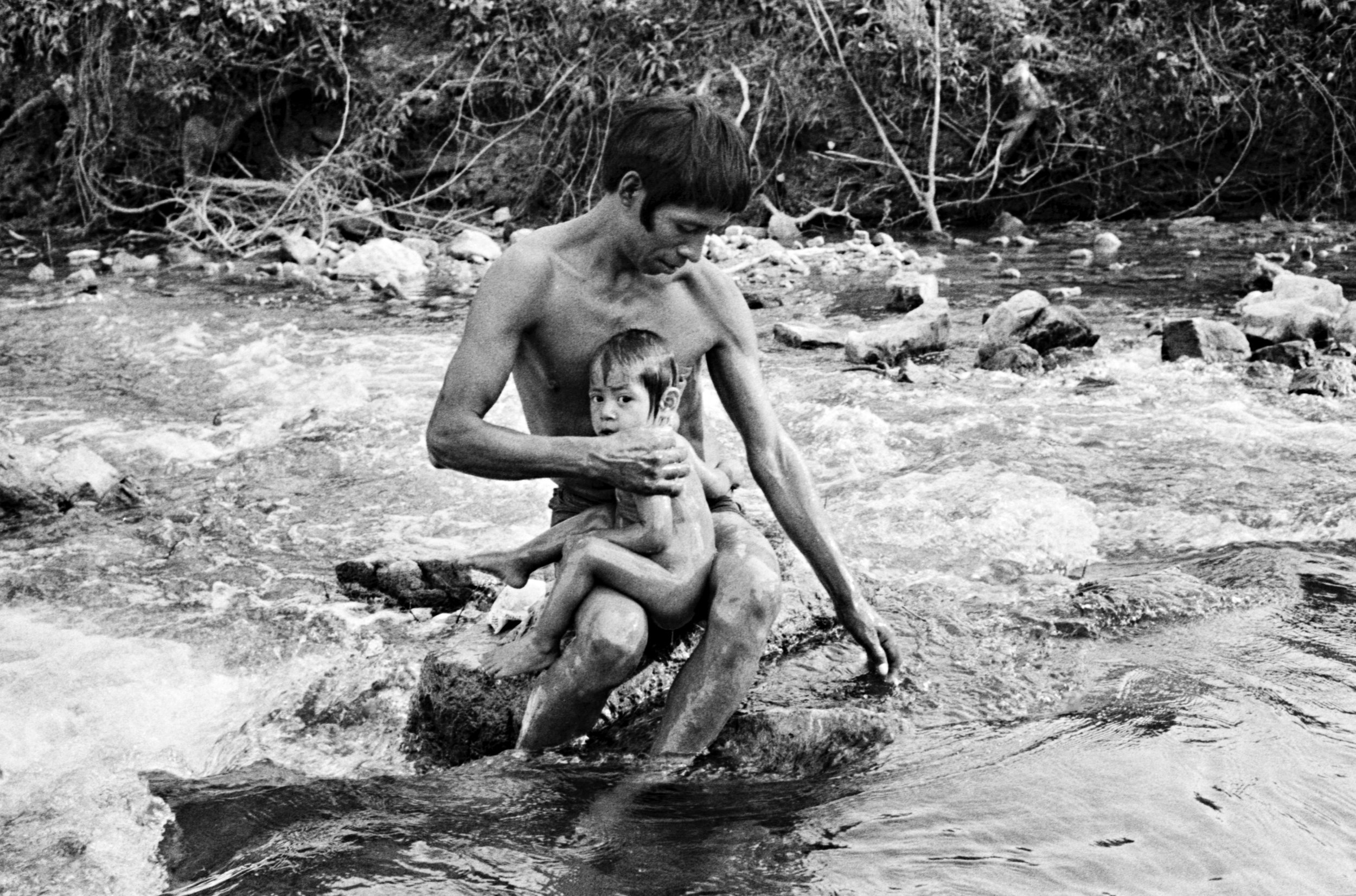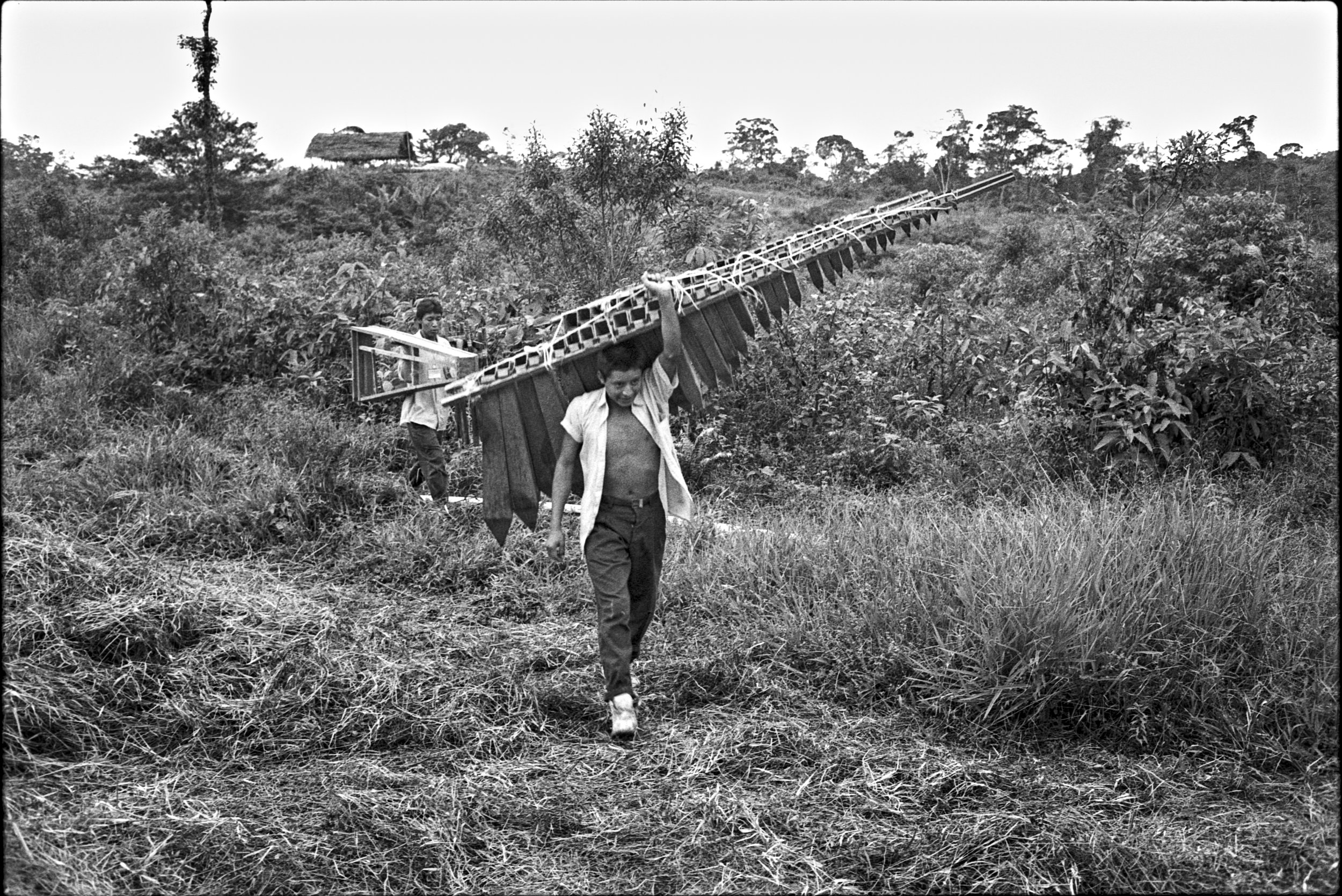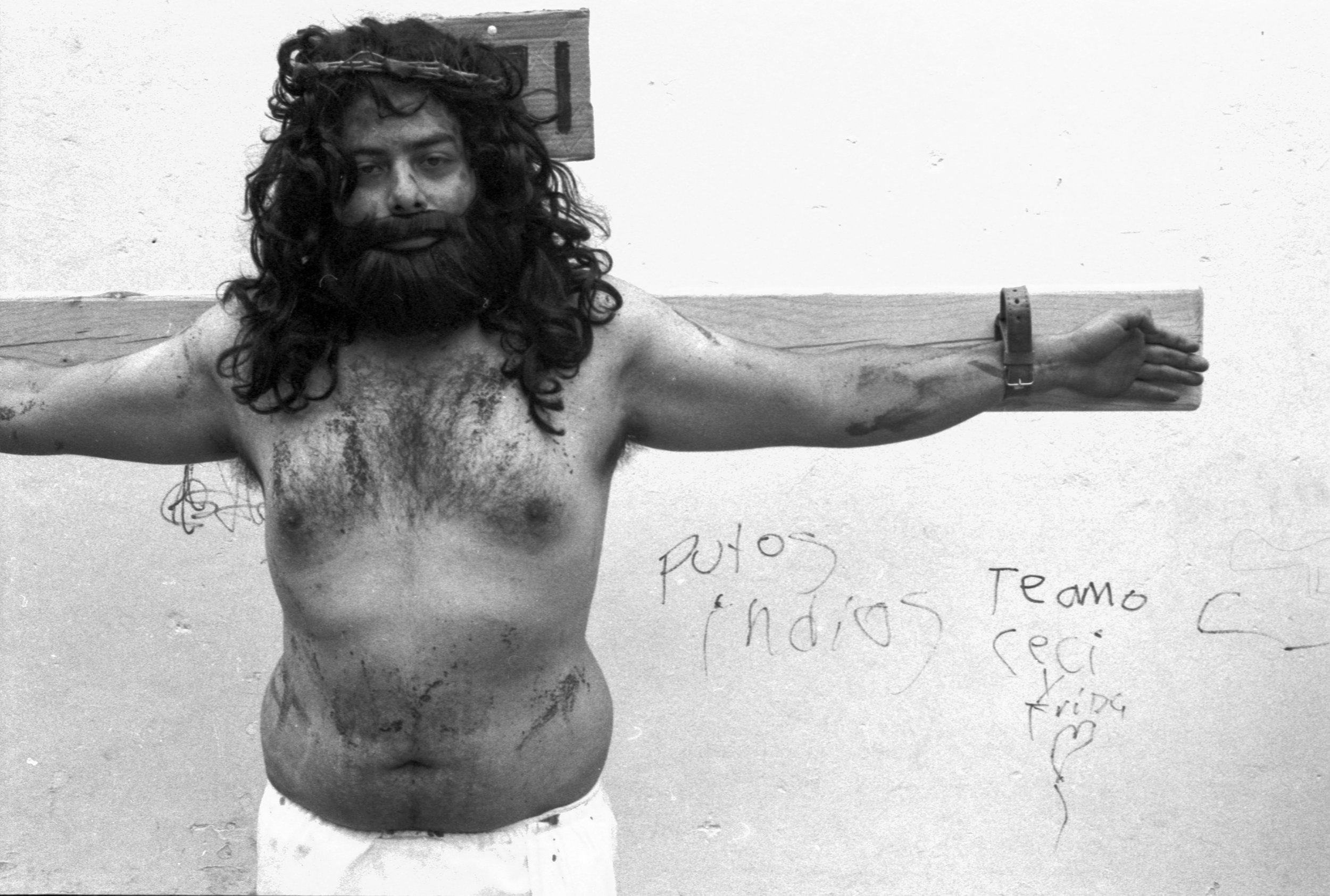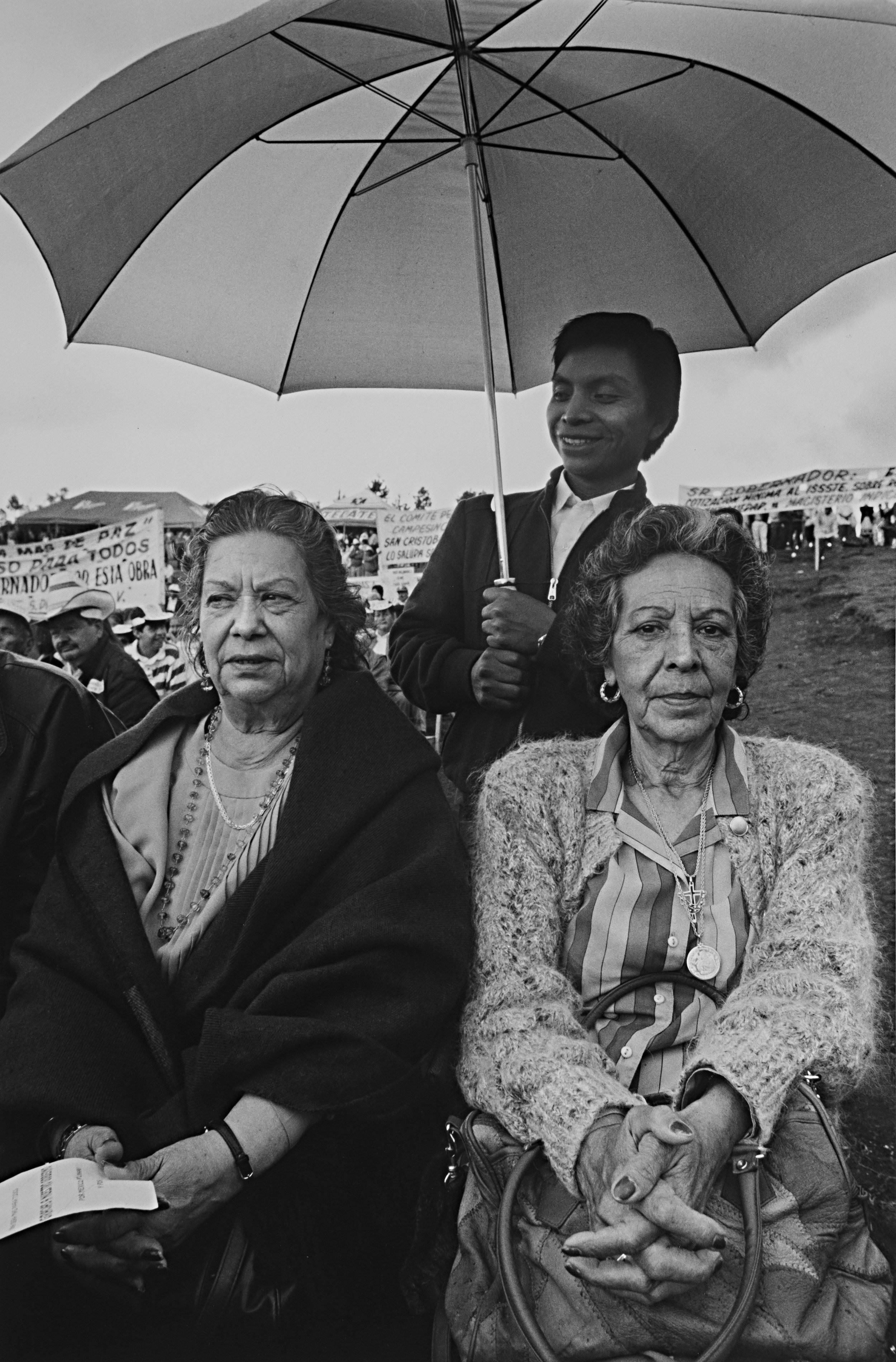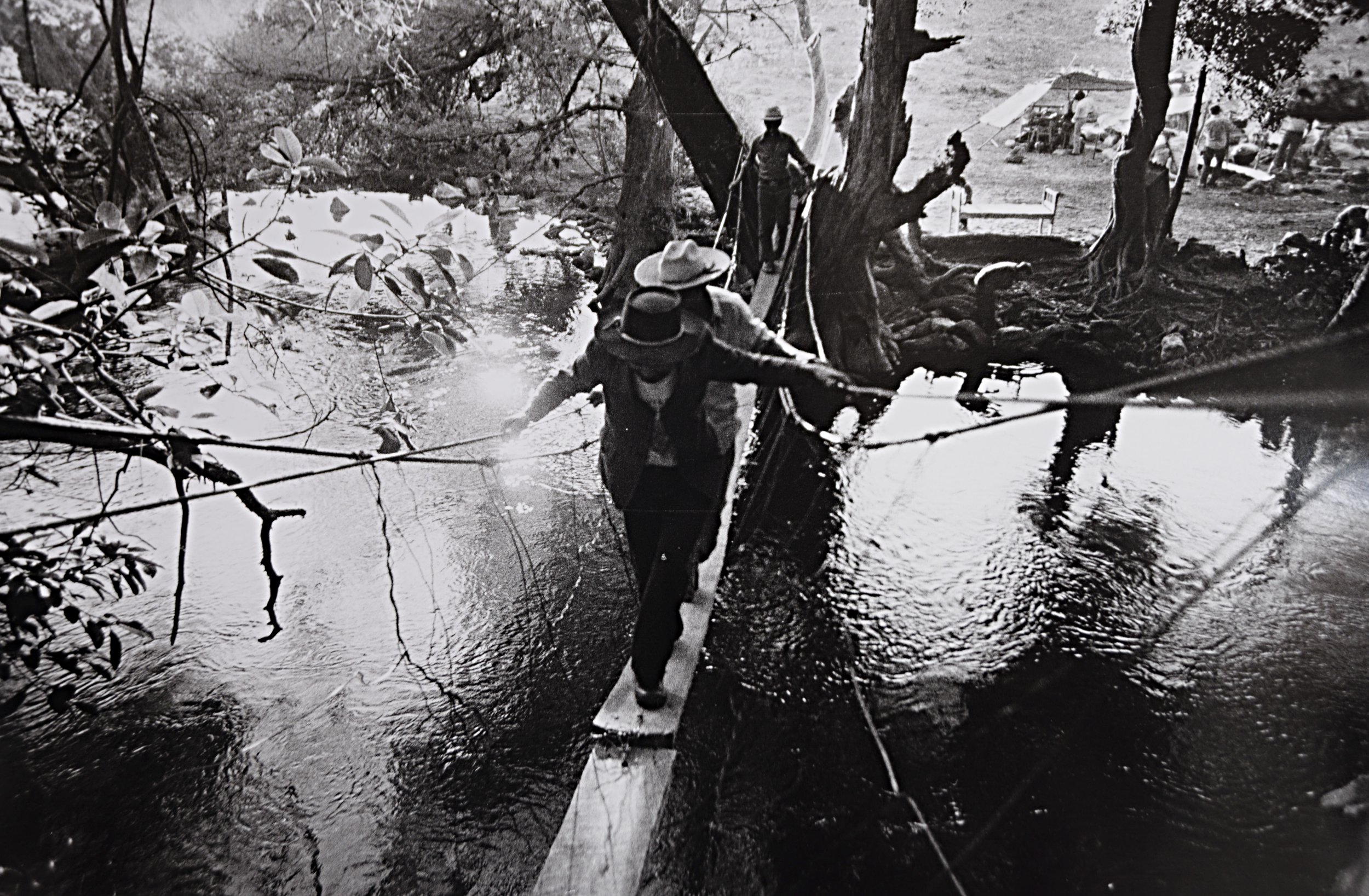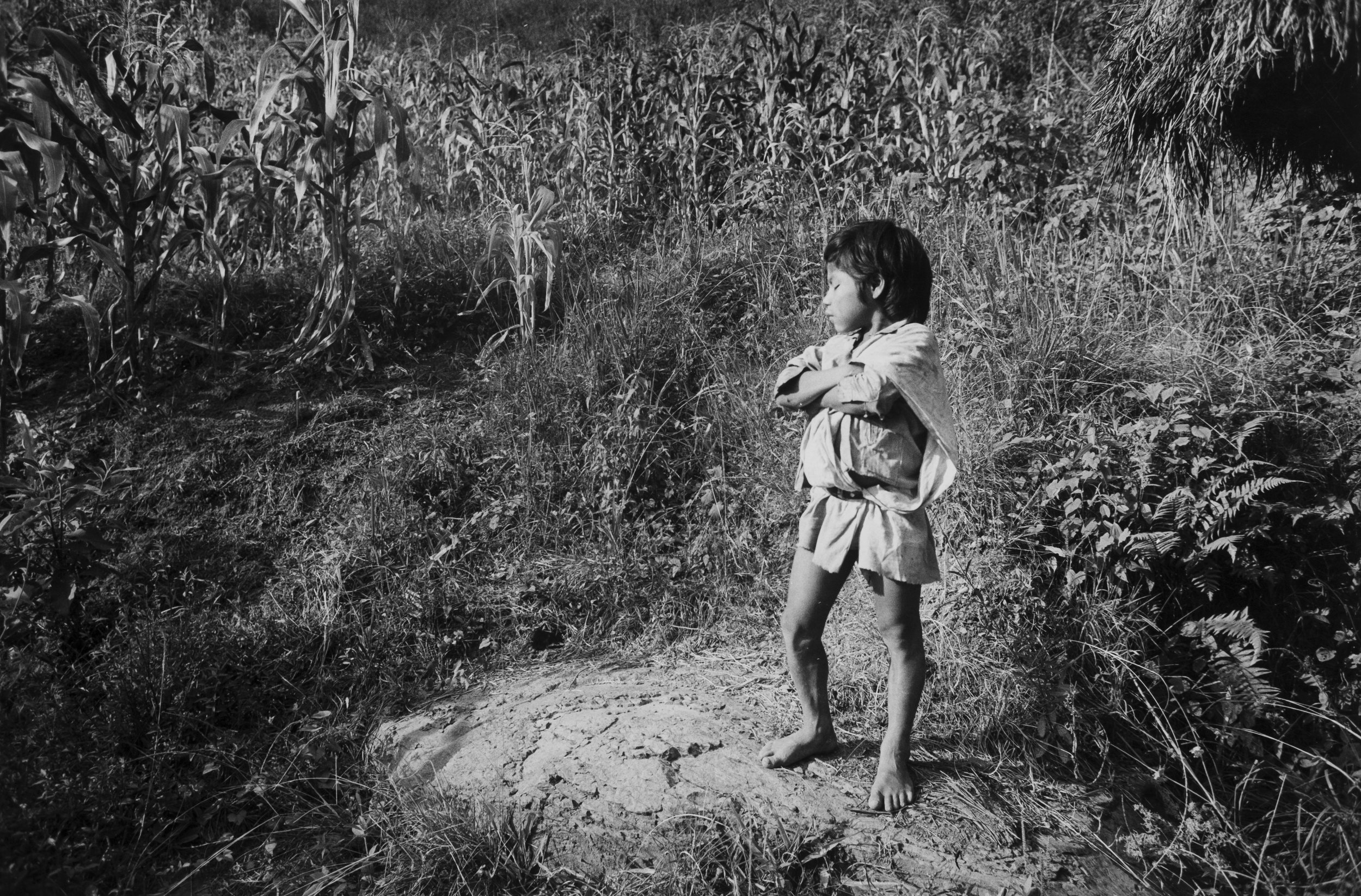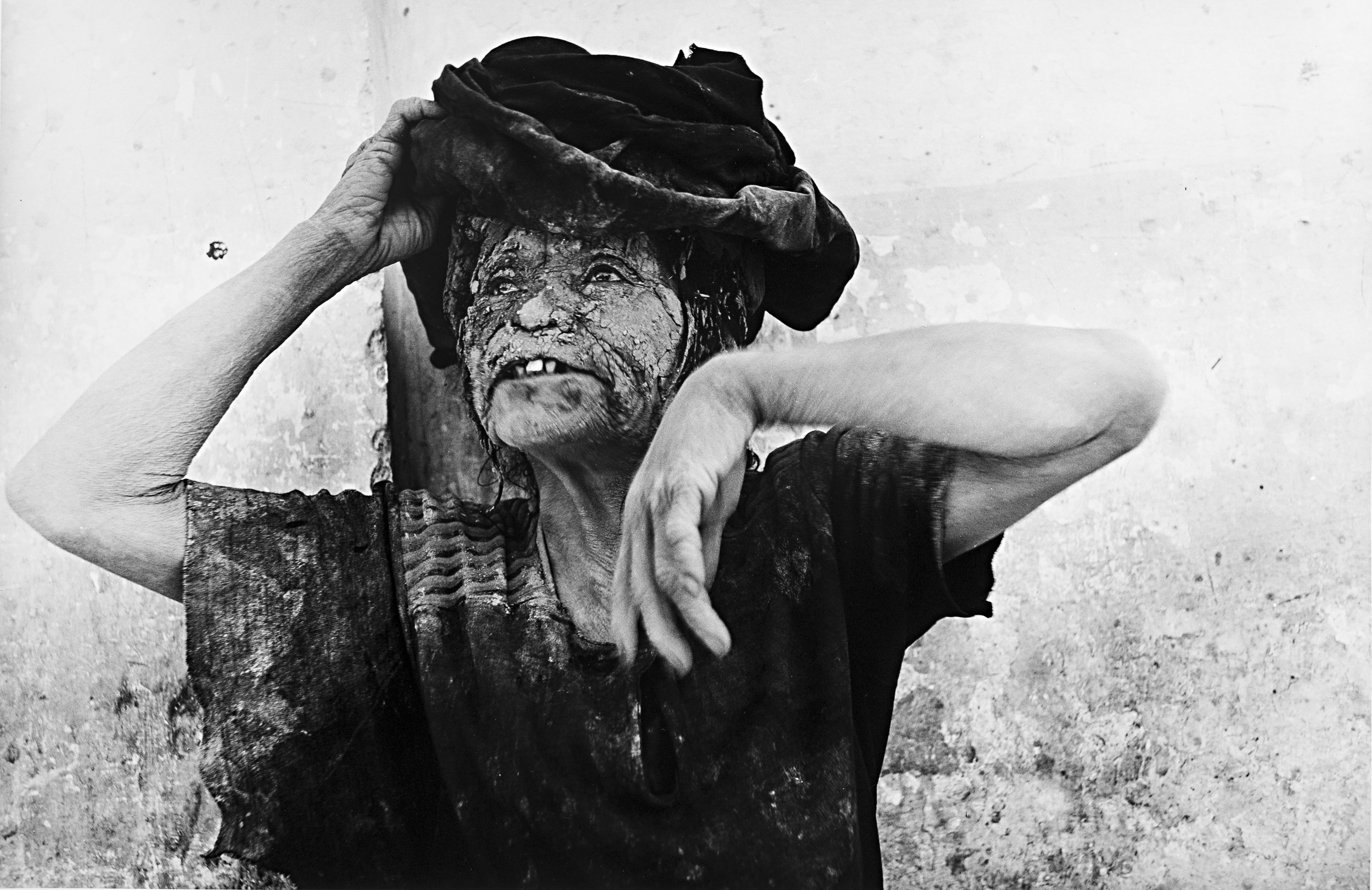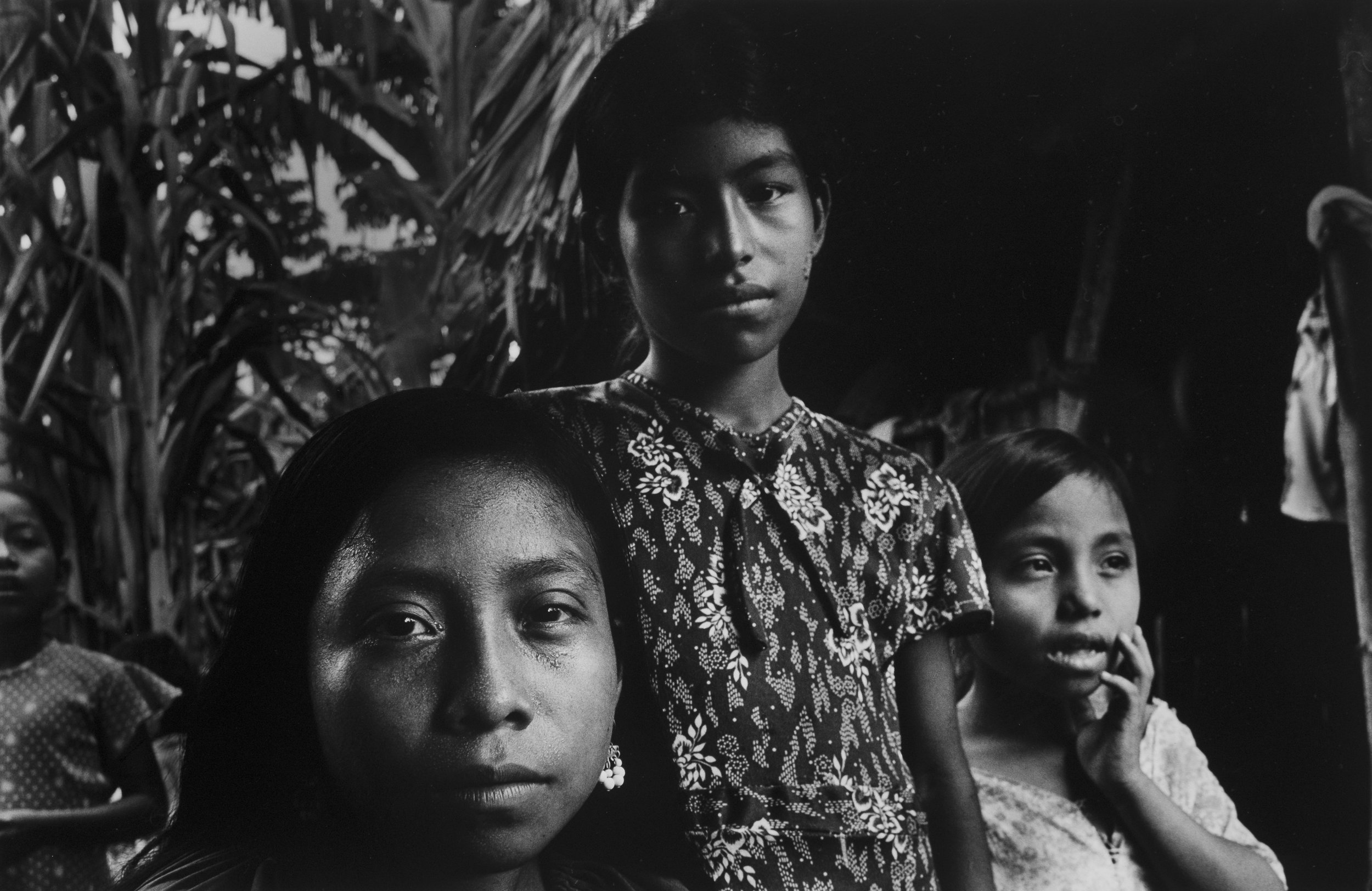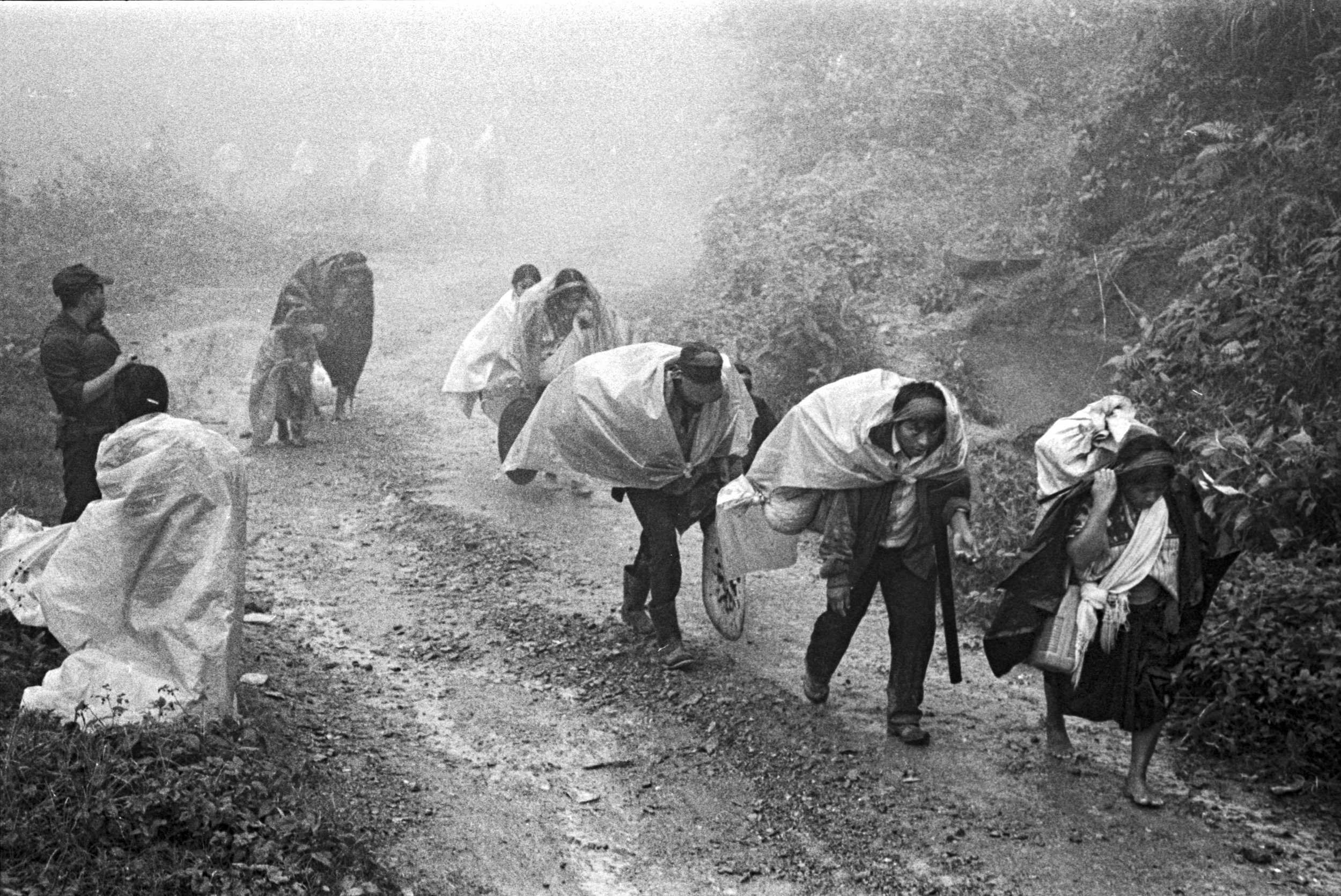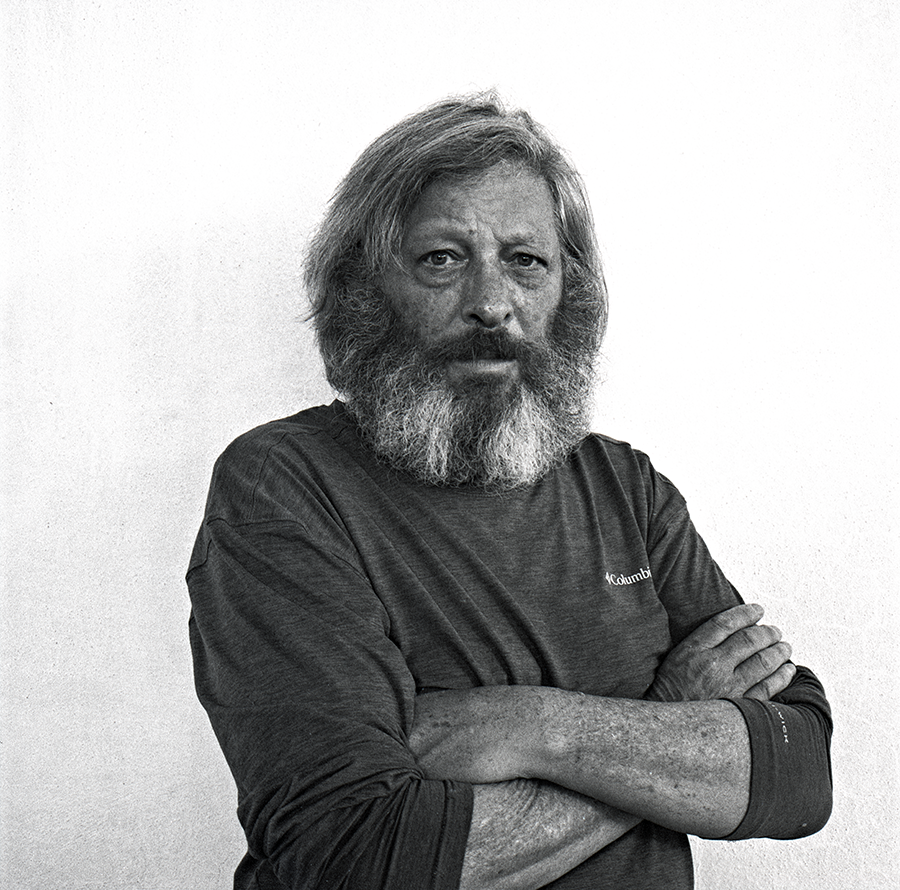2021 Programming
José Ángel Rodríguez and Antonio Turok: photography changes everything.
June 11th to August 7th, 2021 - La Enseñanza: casa de la ciudad, San Cristóbal de las Casas, Chiapas
Bats´i Lab launches its exhibition program in 2021 with a retrospective of the work of José Ángel Rodríguez and Antonio Turok, two photographers who represent a crucial bridge between the history of photography in Mexico and its uniquely rich development in Chiapas in the last decades of the 20th century.
Key participants in the well established Mexican photography school of Manuel Álvarez Bravo, José Ángel and Antonio developed a distinctive approach to photography thanks to their alliance to establish themselves in Chiapas. Since 1980 San Cristobal provided a long term base for their work, away from the dominant photographers and institutions of Mexico City and closely connected with its indigenous Maya communities and a growing multi-cultural community of academics, writers and artists. This context drove their distinctive work, distinguishing them from other Mexican photographers both in their approach to the social conditions of indigenous communities and in their artistic orientation, in which they combine documentary and poetic imagery in essays of great depth.
For over 20 years they worked in collaboration, focusing on the major social processes that have defined the relation of indigenous communities with the national context of Mexico, from the colonization of the Lacandon rainforest and the settlement of Guatemalan refugees in that region in the early 80s, to the current migratory crisis in Central America. The richness of their work on the daily and ritual life of the indigenous peoples of Chiapas in the period that led to the Zapatista uprising of 1994, as well as the effects of the militarization of this region, are central axes of their photographic work.
These two photographers share a great commitment to the artistic and professional qualities of photography, as well as a practice committed to the subjects and communities in which they work. From these shared commitments, important differences emerge in their photographic styles that illustrate the way in which photography generates new narratives, transforms our perception and nurtures artistic imagination. The photographic images of José Ángel and Antonio invite us to observe how events are transformed through photography in the process of selecting subjects and moments; approaching and framing an image; and developing, editing and printing a photograph.
Another distinctive aspect of José Ángel y Antonio's work is the commitment to producing high-quality printed images. Since the beginning of their collaboration in the formation of Camarinta in San Cristóbal in 1981, they have dedicated an important effort to gelatin silver printing, the production of photo-postcards and the publication of photo-books. These processes have combined their skills and training as printers to generate a wide production that today constitutes a shared visual memory. At the same time, this print production allowed them to establish an independent income base to continue their work in Chiapas for two decades.
This exhibition is focused on an important sample of the original production of these gelatin silver photographers, today part of the Bats´i Lab Collection. At the same time, the exhibition explores their production of photo-postcards and photo-books, as well as the particular context of San Cristóbal and the artistic community in which this work was developed.
Cartillas Escolares, Acteal 1981. Antonio Turok
El retorno de la marimba. 1993. José Ángel Rodríguez
ANTONIO TUROK
He was born in 1955 in Mexico City. He had his first approach to photography working with his parents in the production of photo postcards. In 1972 he traveled to Chiapas for the first time and from 1975 he settled permanently in San Cristóbal. Here he began to develop documentary work influenced by the social and artistic context of the time. From then on he shared trips, projects and concerns with José Ángel Rodríguez. In 1980 the two joined forces to set up a dark room in San Cristóbal. This is how “Camarinta” was born, the basis of multiple collaborations with the growing artistic and intellectual community of Chiapas.
His work was oriented to indigenous communities, daily life, and social conflicts. In the 1980s he worked in refugee camps in Mexico and as a correspondent in Nicaragua, El Salvador and Guatemala. In the 1990s he documented the Zapatista uprising in Chiapas and the process of militarization in the region. Later, in Oaxaca, he covered the APPO movement.
Throughout his career he has obtained recognitions and distinctions for his photographic work, including the John Simon Guggenheim Foundation scholarship; the Mother Jones Fund Award for Documentary Photography; and a grant from the Museum of Photographic Arts in San Diego, California. He has also collaborated in different media and published the books Images of Nicaragua (1988); Chiapas: The End of Silence / El Fin del silencio (Era / Aperture 1998) and La fiesta y la Rebelión (2018). His work is included in the collections of various museums and private collections.
Antonio Turok. 2020. Fotografía de José Ángel Rodríguez
JOSÉ ÁNGEL RODRÍGUEZ
Nació en 1954 en Peñón Blanco, Durango. Se inicia en la fotografía en 1971 al trabajar como laboratorista del Club Fotográfico de México. Al mismo tiempo, toma clases de Arte Fotográfico con el maestro Alejandro Parodi. Posteriormente trabaja como discípulo y asistente de Manuel Álvarez Bravo. En 1978 emprende una estancia por un año en las comunidades indígenas del norte de México, incluyendo la tierra de sus ancestros Tepehuanos en la Sierra de Durango. En 1979 regresa como asistente del maestro Manuel Álvarez Bravo. Desde entonces se ha distinguido como fotógrafo e impresor en plata gelatina.
En su trayectoria desarrolla un profundo interés por las comunidades indígenas, iniciando con su trabajo para Mariana Yampolsky en el desarrollo de materiales educativos. En 1980 se establece en San Cristóbal, en donde junto con Antonio Turok y un grupo diverso de artistas continúa su labor.
En su comentario sobre la fotografía de José Ángel, John Berger (2005) nos dice: “lo cierto es que ha estado en franca conversación con Goya durante muchos años... Yo diría que esta fotografía escucha. Todo en ella está escuchando en espera de una contestación.” En esa escucha, José Ángel ha realizado múltiples ensayos fotográficos de la vida cotidiana y ritual de los pueblos de México, así como de eventos claves en la región, incluyendo el refugio guatemalteco, el terremoto en la Ciudad de México en 1985 y el levantamiento zapatista.
Ha recibido numerosos reconocimientos, incluyendo la medalla Shingwauk, por Algoma University y la medalla al mérito fotográfico en Chiapas. Sus libros incluyen Vidas Ceremoniales (1991) y Lok’Tavanej cazador de imágenes (2002). Su obra es parte de importantes colecciones de museos de la fotografía en México, Estados Unidos y Europa.
José Ángel Rodríguez. 2019. Fotografía de Pablo Farías

